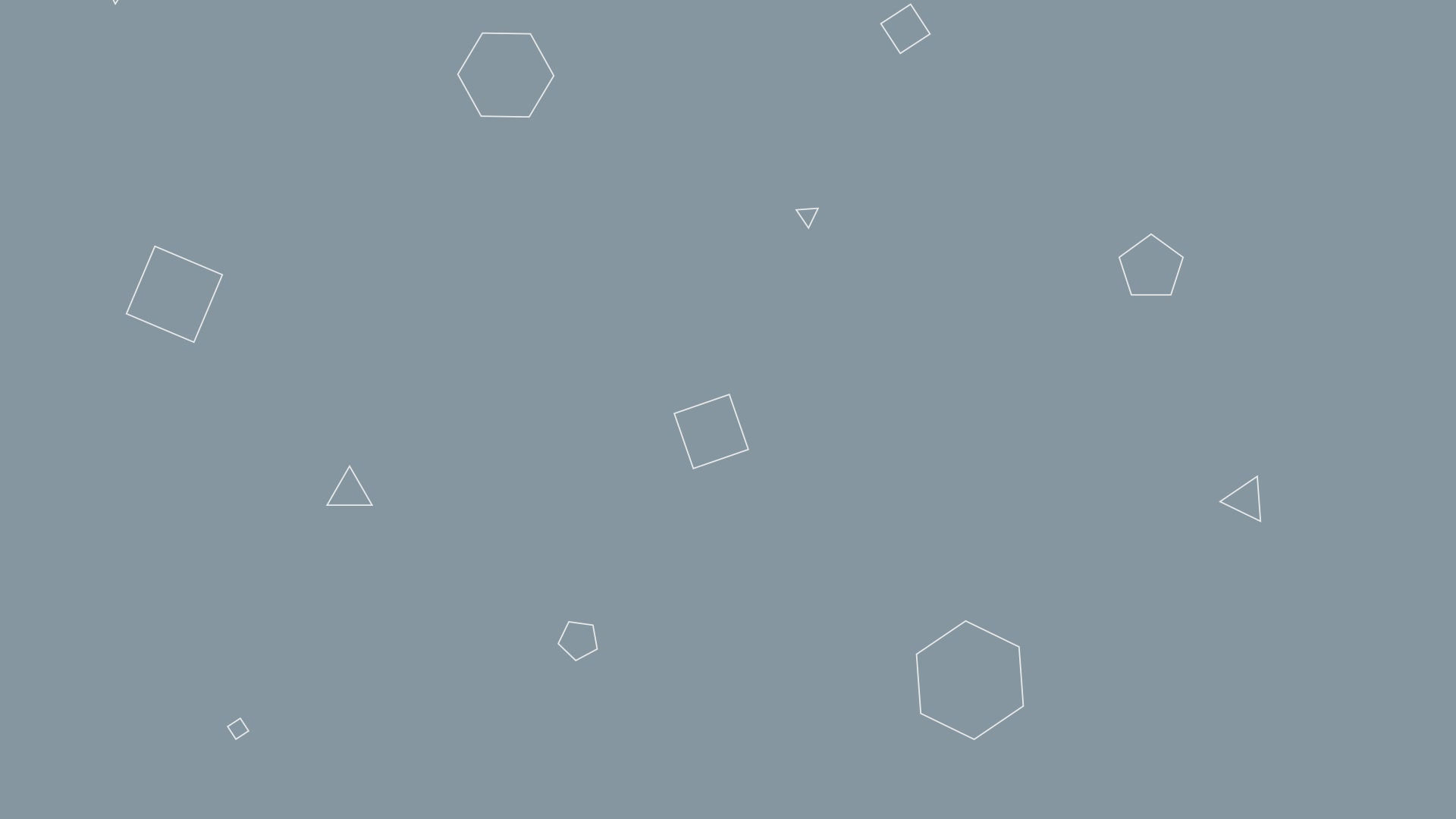Disney's 12 Principals of Animation
- Silke Cannon-Young
- Sep 10, 2018
- 3 min read
Disney's 12 Principals of Animation were first coined in the book 'The Illusion of Life: Disney animation' written by Ollie Johnson and Frank Thomas, but the 12 principles of animation were in practice before they were ever written down, as these 12 principles were based on the work of the leading Disney animators of the 1930's onwards.
The 12 Principals of Animation are:
1. Squash and Stretch
2. Anticipation
3. Staging
4. Straight Ahead Action and Pose to Pose
5. Follow Through and Overlapping Motion
6. Slow In, Slow Out
7. Arc
8. Secondary Action
9. Timing
10. Exaggeration
11. Solid Drawing
12. Appeal
1. Squash and Stretch
Squash and Stretch is applying forces such as gravity, weight, mass and flexibility to a moving animation. An example is when animating a bouncing ball, the ball should stretch as it moves up or down and squash as it hits the ground. This adds to the illusion of movement by adding the illusion of external forces.
2. Anticipation
Anticipation could also be described as pre-movement. It is a small movement that prepares the viewer for the main motion. Every movement has something that happens in preparation of that movement and something that happens after because of that movement. Anticipation is adding something at the beginning of a movement to make the movement look more natural and fluid, without them movements can seem lifeless. An example would be bending your knees before jumping.
3. Staging
Staging is all about controlling the focus in frame and making the audience pay attention to what you want them to. This can be done in a lot of different ways, but some examples are use of colour, space and attention grabbers like flashes or quick movement. People's eyes naturally focus on movement, so a good way to keep their focus in animation is to have what you want them to focus on have the movement, while everything else's movement should be minimal.
4. Straight Ahead Action and Pose to Pose
These are different animation techniques.
Straight Ahead Action is where every small movement that go towards one big motion is animated. In drawn animation this involves drawing frame-by-frame from beginning to end.
Pose to Pose is the technique of drawing the starting position and the finished position and then filling in the middle.
While these techniques were designed for 2d animation, they still apply in 3d. In a program like maya, we use Pose to Pose animation - we keyframe the starting position and the ending position and the program fills in the frames in-between.
5. Follow Through and Overlapping Motion
Follow Through and Overlapping Motion could also be described as post-movement. It is a small movement that happens after the main movement has finished, and is an effect of that movement. Follow Through and Overlapping Motion is adding something at the end of a movement to make the movement look more natural and fluid - most things don't instantly come to a complete stop as soon as a movement has finished. An example would be hair moving after someone has stopped running.
6. Slow In, Slow Out
This is how objects appear to be slow at the start of a movement and then quick towards the end. This is because of gaining momentum - it takes a while to start gaining momentum, but towards the end of the movement, there is more momentum so the movement is faster.
7. Arc
Movements should have a natural arc, for example a jump movement would be in an arc shape not a square (up, across, down). Animations should try to follow a path or arc when they are moving.
8. Secondary Action
Secondary actions are extra actions that are used to give emphasis on the main movement. An example is someone's hair moving when they walk - walking is the main action and the hair moving is the secondary action.
9. Timing
To look realistic, animations need to use the timing that the thing would have in real life. The 'Timing' principal means that you should have time awareness while animating and also that you should study the timing of what you are trying to animate in the real world and then try to emulate it.
10. Exaggeration
Exaggeration is one of the main characteristics of animation - making animation too real can look static and boring. Exaggerating movement can add character and life into the animation.
11. Solid Drawing
Animation still relies on the skills of the creation of the object or character that is being animated. Good drawing / modelling / creation skills are needed for a good animation.
12. Appeal
Animated objects need to appeal to the viewer. Through different movements and animation, you can make anything seem lifelike and likeable. Using all the other principles, your animation should be able to portray emotion, feeling or character.


Comments